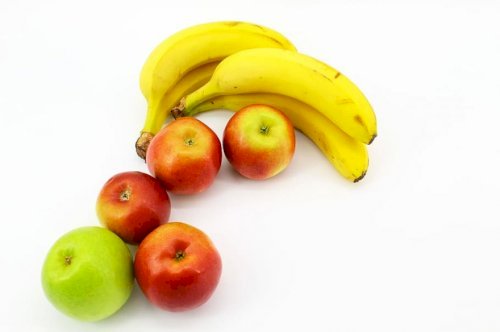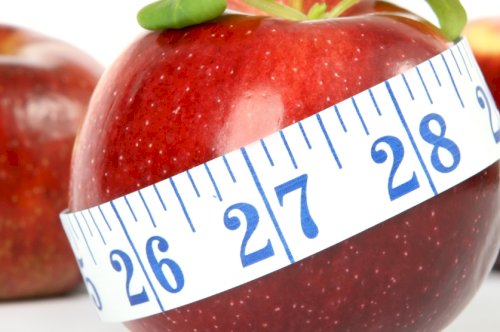Why South Asian community need to change the way they eat

More South Asians living in the U.K are susceptible to developing health issues like diabetes, heart disease, obesity, stroke, high cholesterol, PCOS, infertility. People with Indian subcontinent (India, Pakistan,Bangladesh and Sri Lanka) background as compared with whites of the same body mass index, are at increased risk of acquiring lifestyle related diseases like diabetes and obesity, mainly due to the diets they consume. Traditional Ayurvedic diet principles may be of great help to correct the wrong way of eating.
What are the causing factors?
Sedentary lifestyle, genetics, poor eatin habits and lack of physical activity and fastfood culture and increasing socioeconomic status are some of the causing factors leading to these diseases.
The role of traditional diets and celebrations.
Due to genetic factors and our highcarbohydrate consuming lifestyle, the risk is even more. White rice and flatbreads are staple foods in the south Asian households.We also like to consume a lot of starchy vegetables like potatoes (Fritters) in the fired form.
Uncontrolled portions of delicious festive meals are another reason for increasing number of lifestyle related diseases, as in south Asian cultures it is considered bad to say no to a family meal or festival feasts.
As a result, the insulin levels in the body rises.The excess amount of insulin coming from carbohydrates wreaks havoc on our bodies —as it contributes to the formation of extra body fat deposited in the abdomen area, hips or thighs.
How do I prevent the diseases?

Usually, 30 minutes of moderate exercise on most days of the week is good for your health, yoga is a cost and time effective method to get in good shape. A moderate diet, based on lots of greens, whole grains, low-fat dairy and organic fruits can improve your overall health.Give up fried, sweetened foods, preservatives and carbonated drinks that increase weight gain and increase the risk of Diabetes and Heart disease.
Which exercise is better?
The World Health Organisation (WHO) advises 150 minutes of activity a week to stay healthy. Physical activities like doing domestic chores; ancing, trekking the hills, skating and running can help you burn some of the extra pounds. A few cleaver tips are, going office by a bicycle, taking stairs instead of the lift.
Which exercise is better?
Yoga: The best thing about yoga is everyone can do it anywhere plus, its free no need to pay on hefty gym memberships. Start gently with yoga poses, YouTube can be a great source to learn and master yoga poses.
Which diet should I consume?
A healthy diet that is going to be successful, needs to be based on staple foods, that is low in trans-fat, salt and sugar and rich in minerals. It also needs to have vitamins, protein, fibre, carbohydrate and Omega 3 oils.Ideally, the diet should be 70% alkaline (fruits and vegetables) foods, emphasising on low Kapha foods. According to ayurvedic principles, foods that have a high amount of Kapha energy in them will, in general,promote gain because of components earth and water in them which makes them ubstantial, thick,sleek, cool, and smooth.
Low Kapha foods: Fruits: Apples, apricots,berries, cherries, cranberries, figs, peaches, pears, prunes, pomegranates, dried natural products (figs, prunes, raisins), coconut, new figs, grapefruit, oranges, papayas, plums.
Vegetables: Asparagus, broccoli, Brussels sprouts, cabbage, carrots, cauliflower, celery, eggplant, garlic, verdant green vegetables, lettuce, mushrooms, onions, peas, peppers, potatoes, radishes, spinach, sprouts.
- Grains: Barley, buckwheat, corn, millet, dry oats, dry rye, basmati rice.
- Vegetables: All vegetables are adequate by and large
- Dairy: Goat's milk, warm skim milk, modest quantities of entire milk and eggs, unsalted margarine.
- Meat: Chicken, fish, shrimp, turkey (All in modest quantities)
- Nuts and Seeds: Flax seeds, pumpkin seeds,sunflower seeds
- Spices and Herbs: All are acceptable. Ginger is particularly useful for improving digestion.
- If you want to lose weight, eat six small meals a day, to help your metabolism. In Ayurveda,we say that digestive juices are at their peak in the mornings than at lunch time followed by evening time so eat a healthy breakfast.
Your meal should have all the six tastes, sugar,salt, sour, bitter, astringent and pungent, this means that the tongue’s thousands of taste receptors are more satisfied and there is less craving to eat more.
Limit refined grains —Processed and modified grains from their natural form, have low nutritional value. These include foods such as white rice and white flour. Eat more whole grains like; brown rice, cracked wheat, whole wheat couscous, barley, quinoa, millets (such as jowar, bajra and ragi), amaranth, oats, and rye bread.
Include fermented foods like yogurt, lassi,kombucha, buttermilk, pickled vegetables, idli and dosa, that are great for gut health.
Detoxification -Starts your day by having warm water with a few drops of lemon. This Ayurvedic detox will cleanse your system and boost your metabolism so that you feel energetic instantly. One can start with gentle intestine cleansing with natural Aloe Vera juice and Triphala at home.
For your weight loss, start the CoolSlim Plan Kit containing CoolSlim Capsules which helps in reducing appetite, improving digestion and removing toxins. It contains 3 active ingredients Ginger, Green Tea and Kelp which help in weight loss.
Also use Coolherbals Kapha Spice Mix powder,a slimming powder which is a unique combination of spices to provide you with all you need to give meals all 6 tastes. It reduces appetite and cravings, adding flavor to the food.
Read more on slimming: Slimmer in 1 hour …Slim Forever by Ravi Bhanot and Sushma Bhanot
Find all your answers on losing weight:CoolSlim Plan






